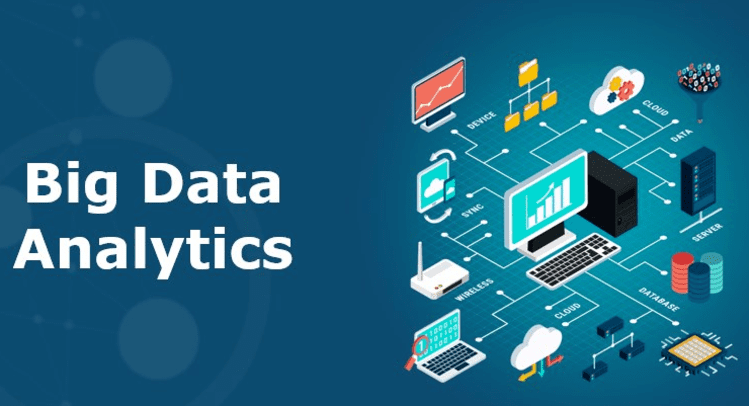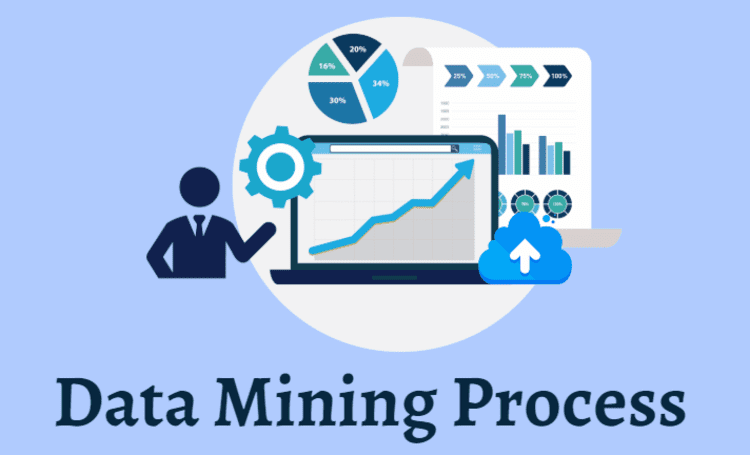What Is Big Data Analytics and Why Is It Important?
To analyze, calculate, and record the meaning of any kind of data received is how any systematically handled operation is formed. Since most institutions are coming up with huge scattered, unstructured or semi-structured data, it is now necessary to have a means by which these data can be put together and scrutinized to take an applicable elucidation out of it.
The concept of big data analytics revolves around this notion only. As the name suggests, Big data means the data that is largely disordered and dispersed is to be directly stored, analyzed, and recorded. So for that purpose companies recruit the method of big data analytics for easy processing and handling of large and complex data that would otherwise go uninterpreted.
Big data analytics is gaining importance in the new age business field. This is because it helps to pull out the hidden patterns, correlations, and market strategies from within the complex data sets.
Ways of Working with Big Data Analytics

Earlier, business syndicates used a tool called Business Intelligence (BI) to handle and process their data. However, as the stream of data is increasing now, using obscure methods for data analysis isn’t flexible anymore. Hence, these old methods are diminishing the chances to look for future opportunities and risks for any organization.
Mastering Big Data Analytics can be really beneficial for any business organization. Doing so can ensure a complete enclosure of every bit of data that enters the data warehouse and its optimal usage.
Big data analytics recruits certain procedures for its lucrative execution. They are as follows:
- Collecting
- Processing
- Clearing out
- Analyzing
1. Collecting
Data analysts and data scientists collect these data from various sources like:
- mobile records
- customer feedback forms
- mail threads received from the customers
- survey reports
- social media platforms
- mobile applications
Software development companies take a keen interest in conglomerating every possible source for ensuring the utter seizure of raw data that can be analyzed for gaining useful and usable data. Once the sources are secured the data is collected for further processing.
The data collected from these creeks are mostly unstructured or semi-structured and reveal no such readable or understandable meaning on their own.
2. Processing
After successfully huddling the deets, analysts now step forward towards processing the data. The data is now supposed to be stored in the data pool or data warehouse from where the analysts will organize, configure and club together with the necessary items.
Processing the filtered data makes the further steps easier and quicker in producing the final results with much accuracy.
3. Clearing Out
The clearing out step indicates what the name of this step signifies. It revolves around cleansing the processed data from any sort of duplications, watery inputs, system errors, etc. This step enables the analysts to acquire completely crisp and feasible data to work with.
4. Analyzing
The gathered, processed, and cleansed data is now ready for analyzing and deriving the desired results. This analysis can be done using several tools like:
Data mining

It is the process by which you can make a large pool of complex data and search for patterns and trends that slip through simple and general analysing methods. It helps to derive useful and feasible data patterns from large and raw data. Another name for data mining is Knowledge Discovery in Data.
Artificial intelligence
This form of intelligence imbibes the use of human-like thinking and configuring processes for exploring and extracting deep data analytics. By using big data analytics through artificial intelligence, businesses are now ensuring successful study of their respective databases.
Text mining
It is a procedure that implements artificial intelligence technologies for skillfully divulging meaningful information and insights out of a pool of unstructured textual information. Doing so enables the process of machine learning, as it converts the textual information into languages understandable by the machines.
Machine learning

This tool also inculcates artificial intelligence methodologies for performing the computers through their past learning experiences, without being explicitly programmed. This mainly focuses on the learning and development of computers to an extent where they can access the data for learning by themselves.
Hence, machine learning can help in big data analytics through their decision-making algorithms.
Predictive Analytics
It is a tool that allows partial but significant predictions about future insights of a business organization based on past and historical data analyses. This helps to know about the future risks and opportunities that can be read by exploiting the data. For implementing predictive analytics, we require both historical as well as real-time data.
Deep Learning
Deep learning is the analysis and extraction of huge and unsupervised data. It helps to derive stratified and gradable information from a pool of raw data that was unlabelled and diversified.
Importance of Big Data Analytics
As big data analytics helps to use almost every iota of information entering the data storehouse it enables the institutions to make wiser decisions, apply smarter business strategies, earn higher profits and gain more contented and happier customers.
Not only does it help in analysing data from external sources but also makes the scrutinization of internal systems possible.
Earlier, only big organizations used to collect, organize, and analyse data with big data analytics. However, now, after the introduction of cloud platform vendors, like Amazon Web Services and Microsoft, it has become easier to manage and look after the parallel computations on big data.
In a nutshell, for a quick review of how big data analytics have taken care of the institutions, you may go through them as:
- It helps organizations to break down huge and complex data into simple and workable deets.
- It helps the organizations take substantial and logical decisions based on the interpreted data.
- Enables business enterprises to have a clear and clarified knowledge about the ongoing eventualities.
- Gives an idea to the organization about customer personalization, new marketing tactics, and opportunities to maximize the business efficacy.
- It helps the body to refine better marketing campaigns and projects using this new era of technology.
- With all these benefits relished by the enterprises, it is expected that they could override their rivals or competitors.
Conclusion
Big Data Analytics ensures the execution of multiple operations standing on a single platform. Big data analytics mainly revolves around the main four "V's":
- The volume of data being stored
- Variety of data being created and
- Velocity or speed of the data being analyzed and updated
- Veracity, or both the quality and availability of data
Enterprises that execute eminent handling of data have to embrace Big Data Analytics. Moreover, several new segments of the market have accepted big data analytics as their key driving force through digital transformation. These users include healthcare organizations, insurers, retailers, and other alliances.
So, an organization that aims to maximize its competency and efficiency in the market has to encapsulate Big Data Analytics to evolve as a huge potential institution.
About the Author:
Akash Tripathi is a Content Marketing strategist at Top Mobile Tech. It is a blog where I cover all the tips & tricks related to Mobile, development companies and more related to tech. Stay connected to the rest of the world with Top Mobile Tech. We bring the latest and critical news to your mobile and computer devices.